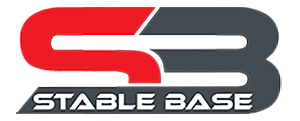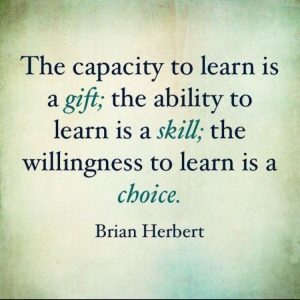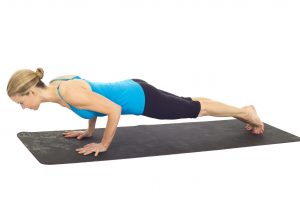Every moment of every day our brain has to deal with hundreds of bits of information and make multiple decisions. To make this process easier we do a lot of it on auto pilot, we drive the same way to work, wear the same clothes, eat the same foods and spend our spare time doing the same things. Our lazy brain saves even more energy by resorting to all or nothing thinking, where everything must be one way or the other, black or white. Marketing experts know our brain work this way and capitalise on it:
‘Don’t eat sugar’
‘Eat everything made from coconuts’
‘Walk 10,000 steps per day’
When it comes to diet and exercise this way of thinking will hold you back.
While our minds would like things to be nice and simple and businesses would love us to believe their one product or system will solve our problems, it’s just not the case. The key to successful long term health and fitness is the ability to adapt and make smart choices rather than blindly following one edict.
Aim for better rather than perfect.
Having weet bix for breakfast, a focaccia for lunch and pasta for dinner is not a great way to eat. But all or nothing thinking will have you on some restrictive gluten free style diet or continuing to eat badly. But the ideal thing for your wellbeing lays somewhere between the two extremes. Unless you’ve been diagnosed with coeliac disease, you should consume foods containing gluten, just not for 21 meals a week. Have your weet bix for breakfast, but at lunchtime have the chicken and salad in a bowl instead of wrapped in a bread roll. If you know pasta is for dinner, have eggs for breakfast.
Aim for sustainable not perfect.
None of us can lead the perfect lifestyle. There will always be weeks when we can’t fit in a gym session or Pilates class. That doesn’t mean your only option is to do nothing. You can always find 10 minutes in the day to go for a walk. After 5 days, that’s 50 minutes of walking…that’s as good as a visit to the gym…that’s enough to stop your fitness from going backwards. Can’t make your Pilates class? Stretch your hip flexors for 2 minutes and spend 5 minutes laying on your back with a rolled towel between your shoulder blades. 7 minutes each day for a week, that’s 80% of a Pilates class in a week you didn’t have time for Pilates.
Don’t lose sight of the forest because you’re looking at a tree.
If you are carrying too many kg’s it’s because you’ve consumed too much. I know it’s not very PC or EQ to say that, but it’s true. You can’t convert oxygen or water to fat. You didn’t absorb those excess calories via osmosis…you had to swallow them. Is Beetroot more of a superfood than Kale… it really doesn’t matter if you’re still going to consume a plate of cheese and bucket of wine while researching it. So, if you want to lose weight eating less needs to be the priority not eating perfectly.



